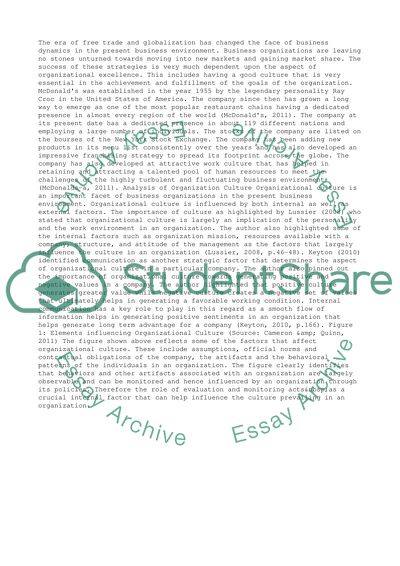Cite this document
(“Mgt 501 management theory and practice Essay Example | Topics and Well Written Essays - 2500 words”, n.d.)
Retrieved de https://studentshare.org/business/1391605-mgt501-management-theory-and-practice
Retrieved de https://studentshare.org/business/1391605-mgt501-management-theory-and-practice
(Mgt 501 Management Theory and Practice Essay Example | Topics and Well Written Essays - 2500 Words)
https://studentshare.org/business/1391605-mgt501-management-theory-and-practice.
https://studentshare.org/business/1391605-mgt501-management-theory-and-practice.
“Mgt 501 Management Theory and Practice Essay Example | Topics and Well Written Essays - 2500 Words”, n.d. https://studentshare.org/business/1391605-mgt501-management-theory-and-practice.


